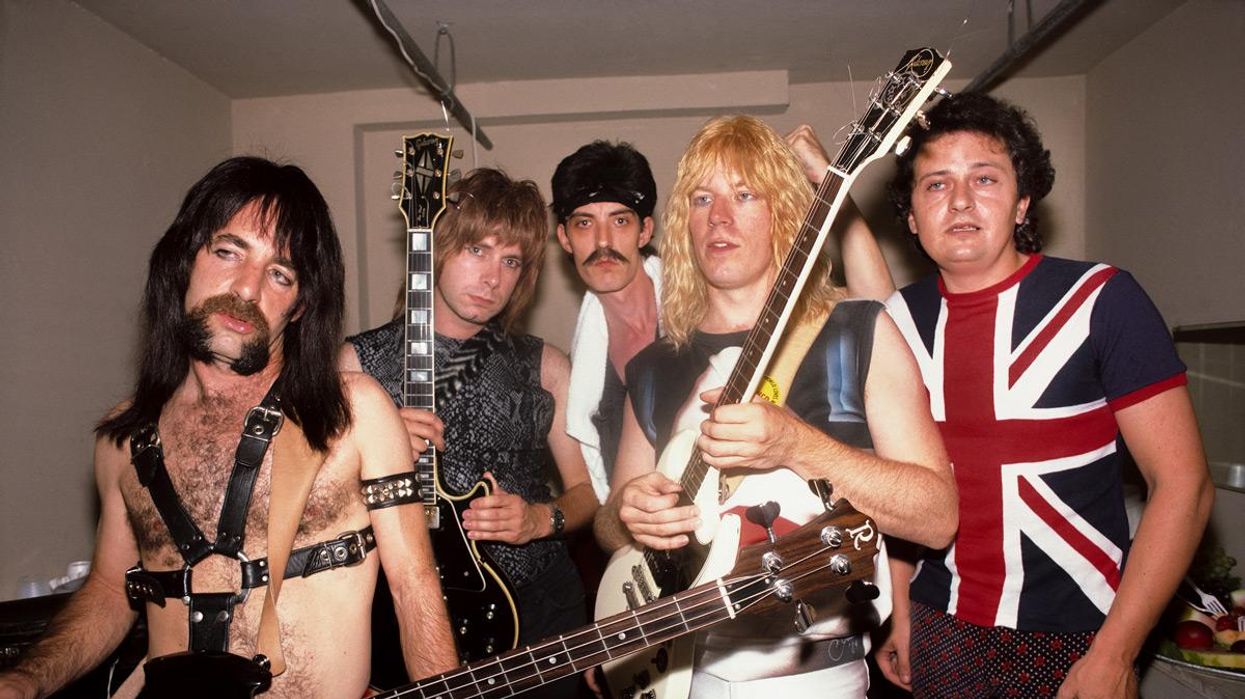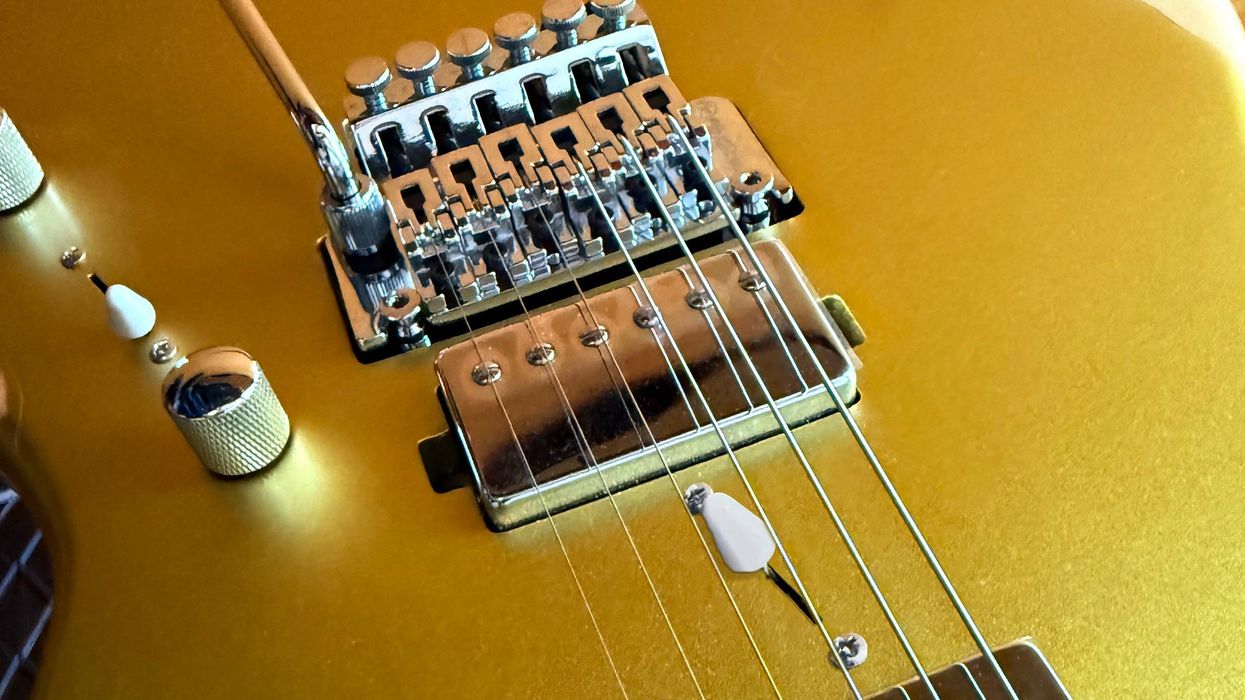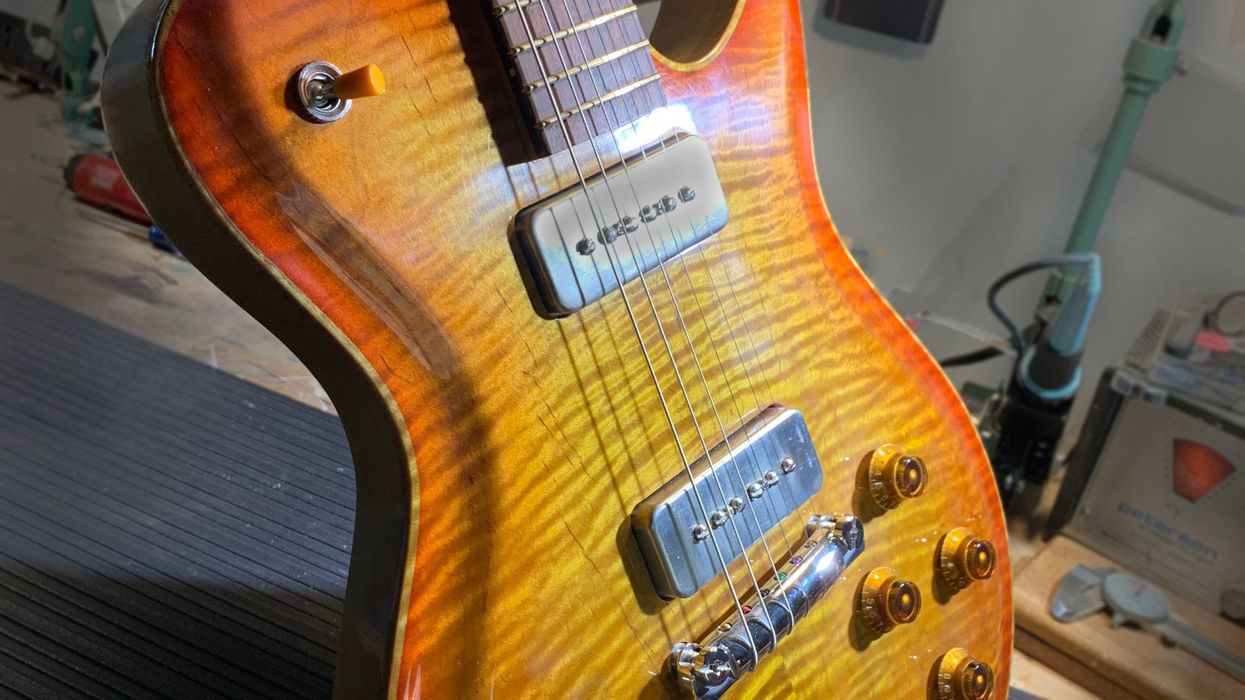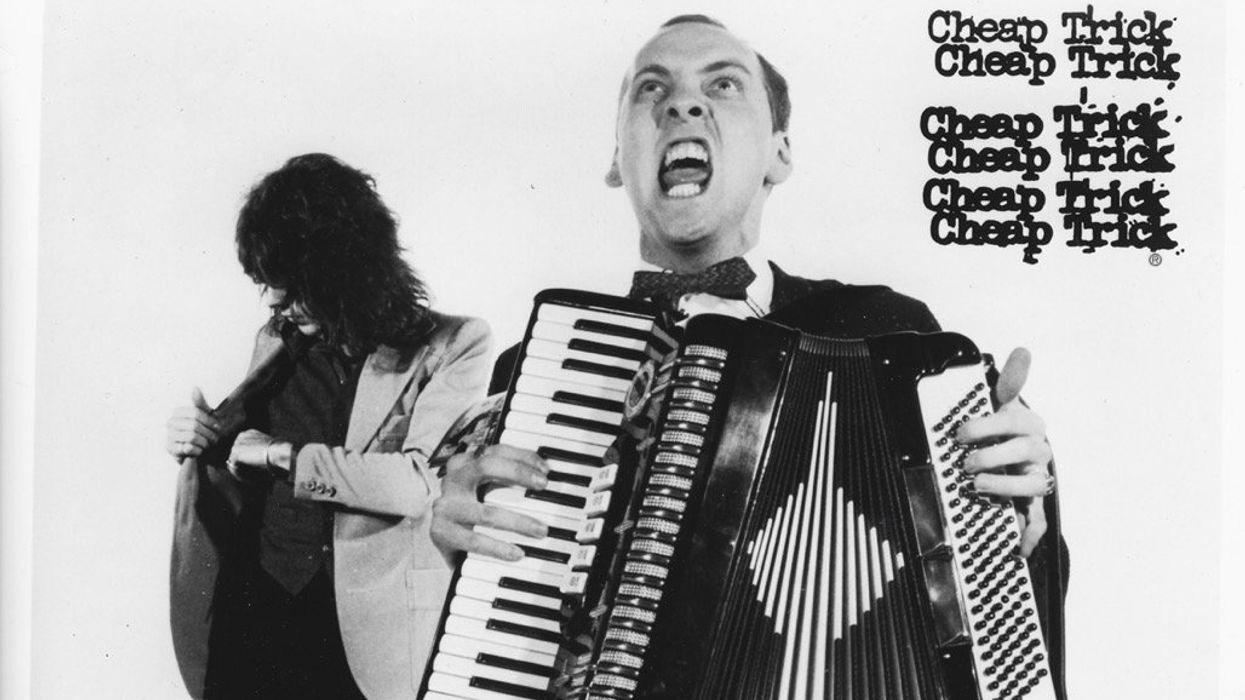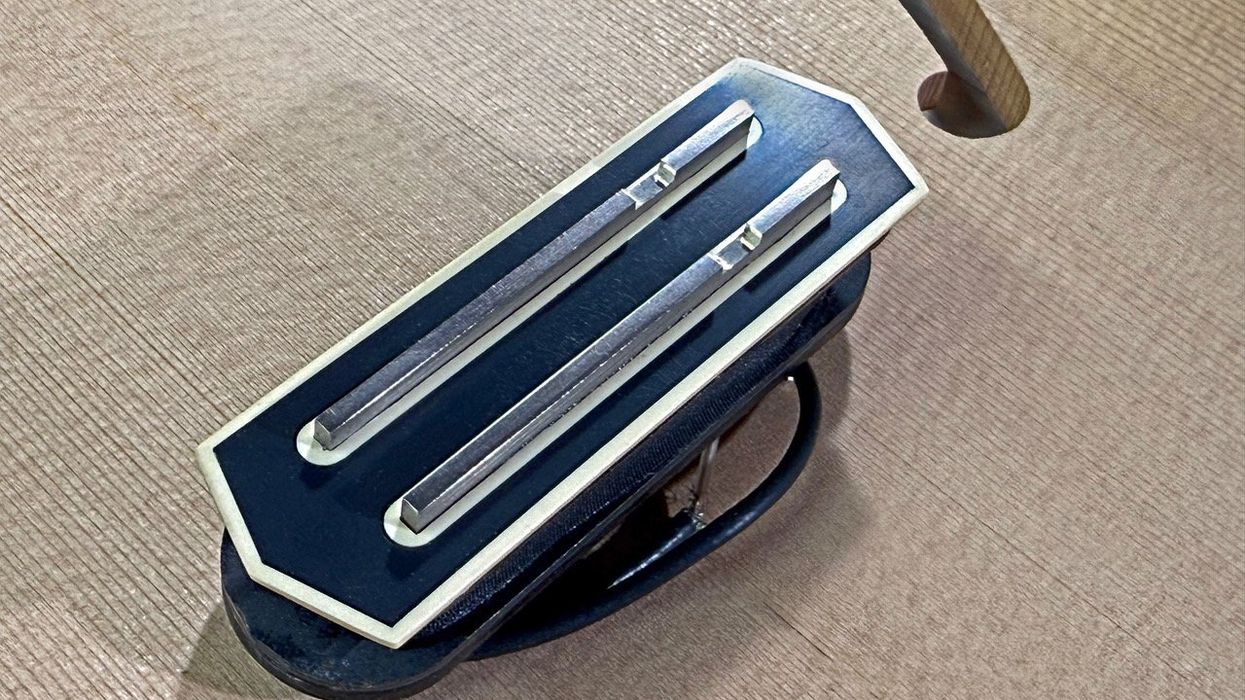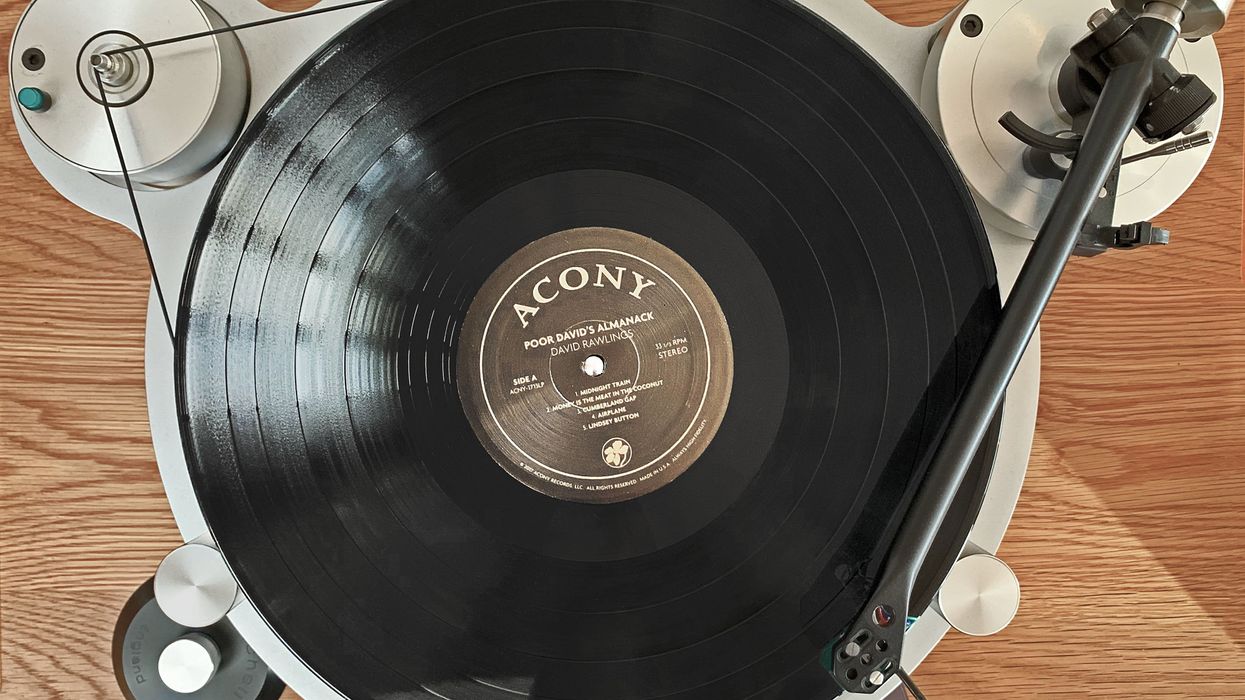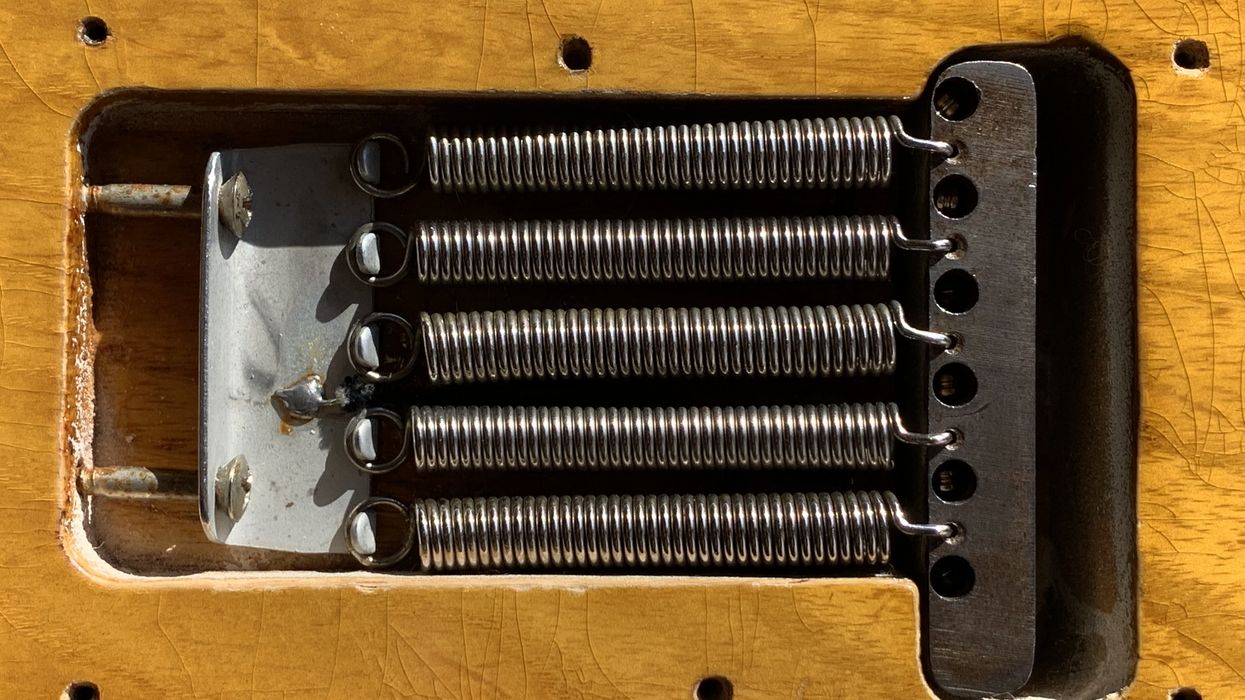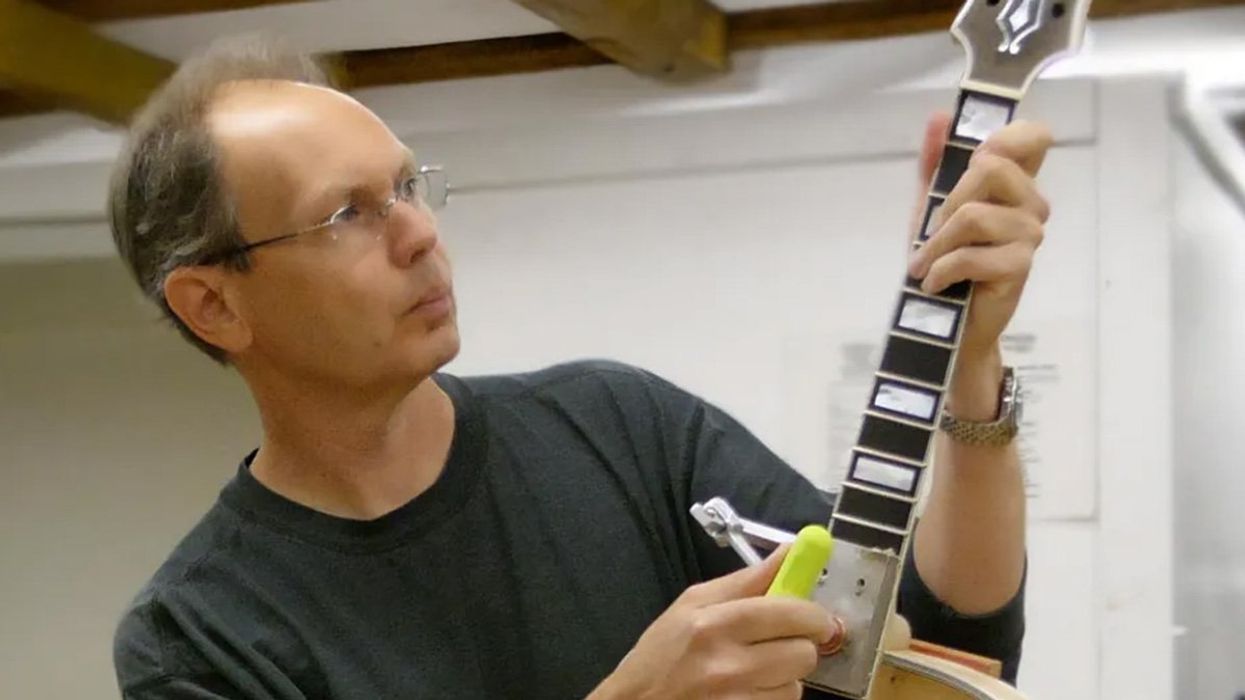The convenience of digital music files is undeniable. Whether you’re swapping tracks, adding overdubs, or even collaborating on songwriting, it’s hard to imagine living without them. When I hear about a new artist, the first thing I do is sample some of their work online. Then, if I’m inclined, I can buy their entire catalog with a few clicks, or just listen on a streaming service. As much as I miss making the journey to the record store, digital delivery is pretty magnificent. The one thing that it lacks is the tactile and visual presentation of the record jacket. Especially those ones crammed with photographs.
I love poring over photos of studio situations and live performances. As I would listen to a new piece of music, I’d stare at album cover collages, trying to put myself into the place and time and imagining the conversations and feelings that led to the music I was hearing. How cool would it be to stand in the front row as Ozzy hoisted Randy Rhoads and his polka dot Sandoval Flying V over his head. Imagine seeing the amp setups and microphone placements when Peter Green and Fleetwood Mac recorded at Chess Records in Chicago! Luckily, we have two new books of photography that can scratch that itch.
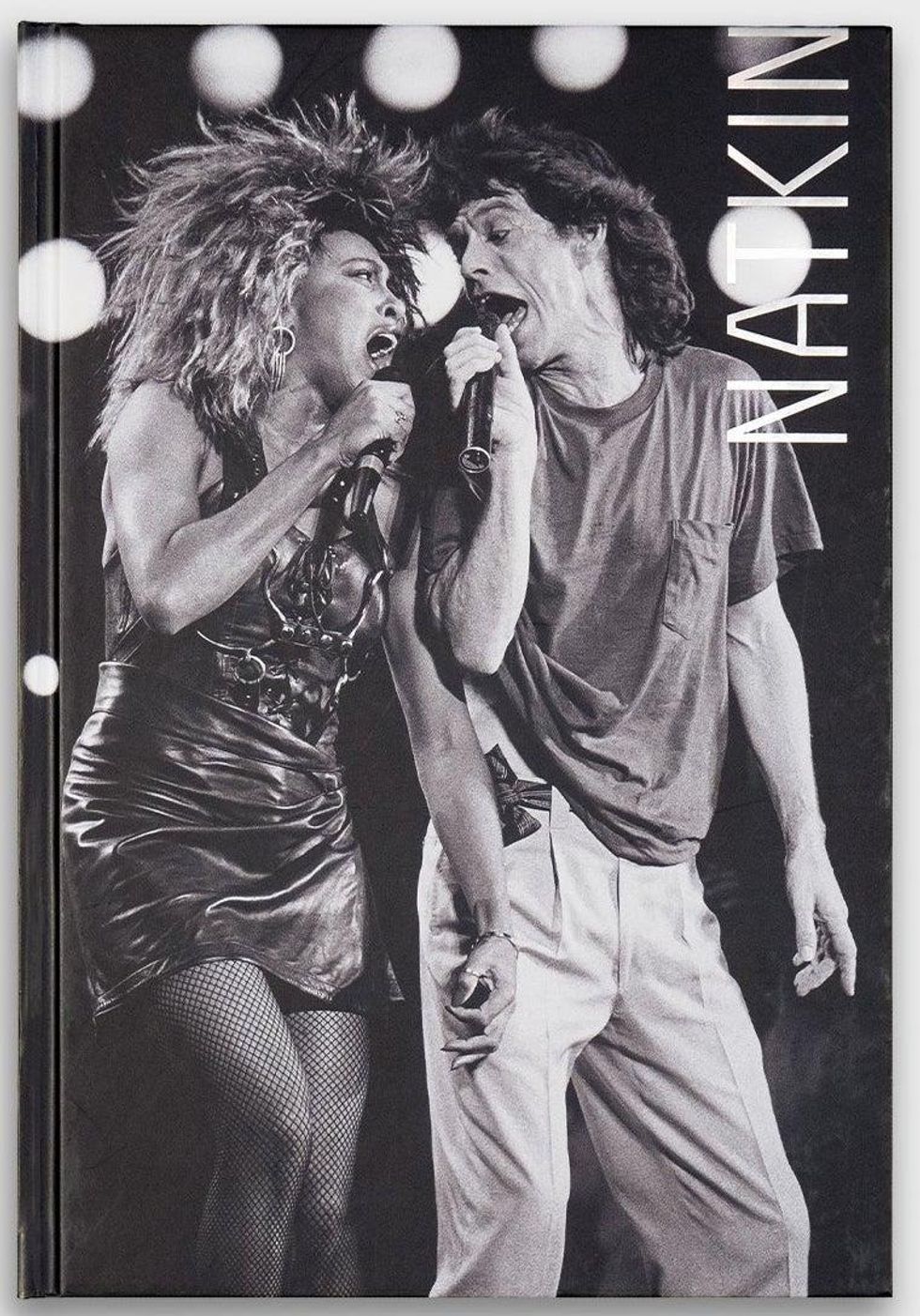
Firstly, there’s Paul Natkin’s The Moment of Truth, 288 pages of images that tell the story of live music on stage. Natkin has spent his life slogging through the trenches of every genre of music you can imagine, blending in and getting the goods. He once told me that to be a good photographer, you had to know that the right moment was coming, because if you waited to see it, you’d be too late. That skill, honed over decades of study, has allowed Natkin to capture the essence of the performance. It’s no wonder that his work has graced the pages of every periodical you can name, from major newspapers to rock magazines, both current and those lost to the ages.
You’ve probably seen some of these photographs before, like Mick and Tina ripping it up together, or Springsteen sweating on his trusty Telecaster. But that’s just the tip of the iceberg. He reckons he’s shot 10,000 concerts, and I believe him. We worked together to create catalogs and advertisements for Hamer Guitars, and I’d rarely go to a show where he wasn’t already backstage, ready to make introductions and watch the fun begin. My only complaint with this book is that Natkin’s exquisite portrait work isn’t fully represented here. The ability to catch the glimmer in Keith Richard’s eye, or the steady confidence of Buddy Guy’s expression is no mean feat. We can only hope that the publisher sees fit to issue a volume two. In the meantime, you can savor the moments Natkin knew were about to happen.
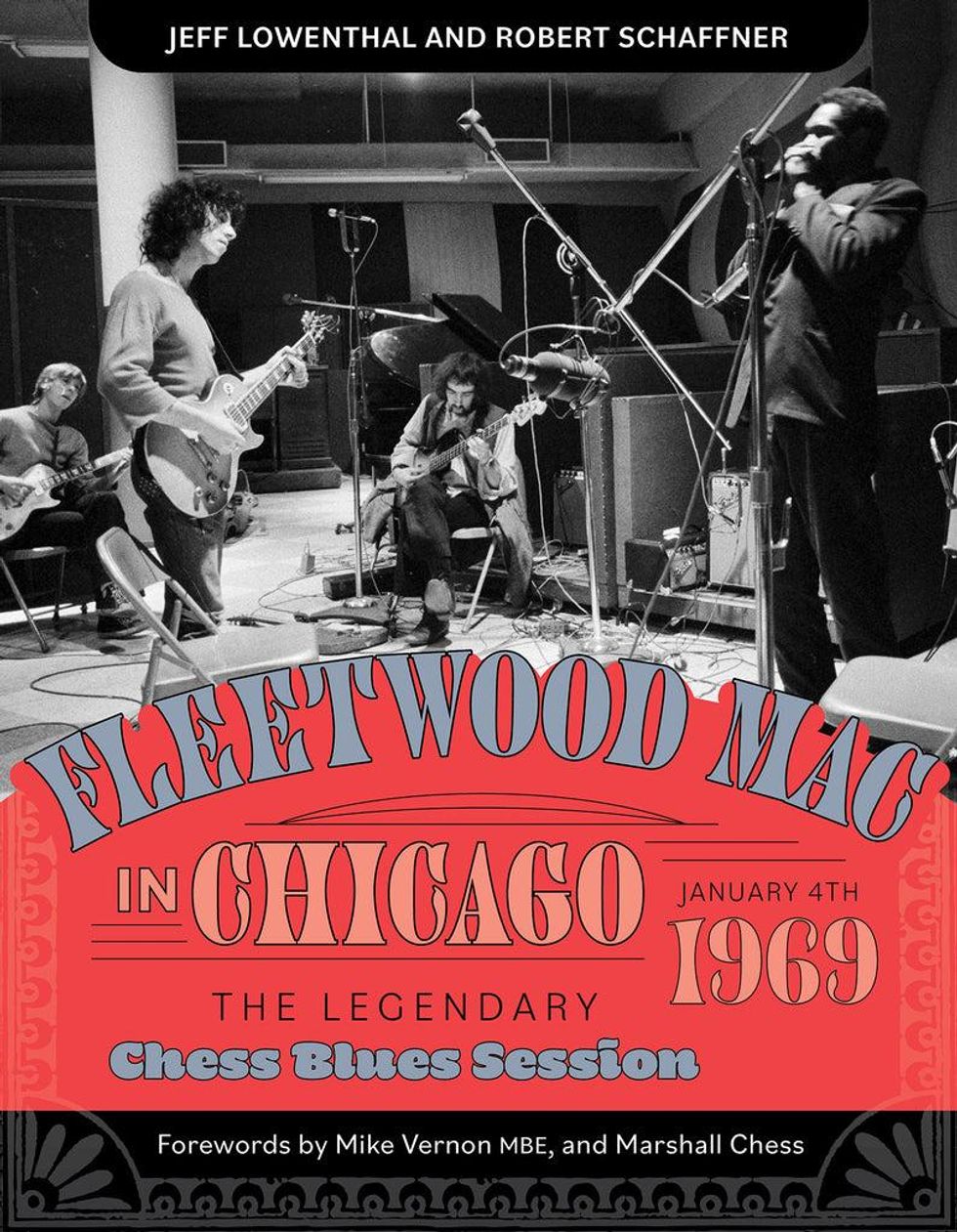
Another book that deserves your attention is Fleetwood Mac in Chicago by Jeff Lowenthal and Robert Schaffner—a must for early Mac fans. I’d known of photographer Lowenthal, primarily from the studio photographs on the cover of Fleetwood Mac’s album of the same name, recorded at Chess Studios in 1969. Lowenthal was hired to capture images of the session at the last minute, much like many of the musicians employed for the gig.
More associated with his photos of jazz artists and authors like Nelson Algren and Saul Bellow, Lowenthal stepped into an ad hoc session with a rotating crew of Chicago blues musicians surrounding Fleetwood Mac’s core lineup of Peter Green, Danny Kirwan, John McVie, Mick Fleetwood, and Jeremy Spencer—all unknown to the young photographer. Armed with his trusty Leica, Lowenthal shot about a dozen rolls of 35 mm film as the music coalesced around him.
Imagine seeing the amp setups and microphone placements when Peter Green and Fleetwood Mac recorded at Chess Records in Chicago!
During the day-long session, bluesmen, including Otis Spann, Shakey Horton, and Honeyboy Edwards, would arrive feeling out the British musicians, as Lowenthal captured the temperature in the room, which he described as “workmanlike—everybody was there to do a job.” The book also features Robert Schaffner’s interviews with well-known musicians who give their take on the significance of the recordings. For those of us who peered at the thumbnail black-and-white photos on the original record jacket, to see over 150 full-size photos (including 50 never-before-published, some in color) is a revelation of detail.
When I got my copy, I put on the recordings as I thumbed through the pages, finally imagining being in the room in high definition. It’s all there to see: the body language, as well as clear views of the guitars and amps. This book is for Peter Green and Danny Kirwan fans, or fans of blues music history, and Paul Natkin’s tome is a fine companion piece as well. I suppose these books will be available digitally eventually, but I cherish the tactile experience of turning the pages as the music washes over me. You can stream the music as you read, but buy the physical books and enjoy.
